I’ve had a decent amount of exposure to XR glasses lately, and if there’s one thing that’s become clear, it’s this: we’re not in the AR future just yet. I can see it, I get where we’re heading, and I’m excited, but it’s not quite here.
Most of these types of wearables aren’t trying to augment your reality so much as trying to replace your TV, your monitor, even your handheld gaming console screen. In many cases they replicate all three. And in that race to build the ultimate personal display, VITURE’s Luma Pro stands out in all the right, and perhaps wrong, ways.
On paper, it’s the “just right” Goldilocks model in VITURE’s trio: more powerful than the base Luma, more affordable than the top-tier Ultra. After living with the Luma Pro for a few weeks, it’s becoming clear this $499 middle child carries more baggage than its spec sheet lets on. That is to say when it works for you, the experience is exciting and somewhat jaw-dropping. But when it doesn’t? It’s a non-starter.
With its ultra-bright Sony Micro-OLED panels and instant electrochromic dimming, the VITURE Luma Pro can feel like a private big-screen experience that travels with you… when it fits just right.
Let’s dig into where it excels, where it fumbles, and who it’s truly built for.
Fit and Finish: Sleek Looks, Awkward Realities
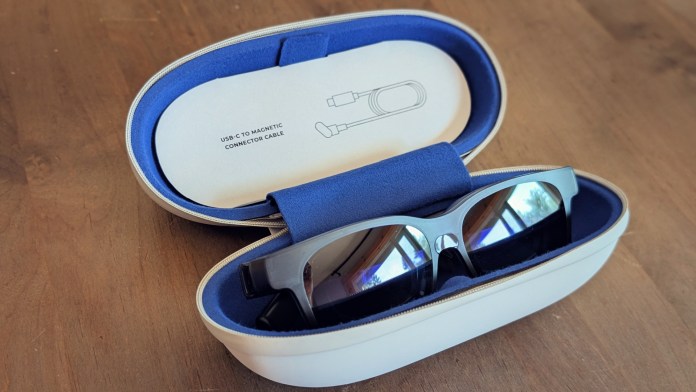
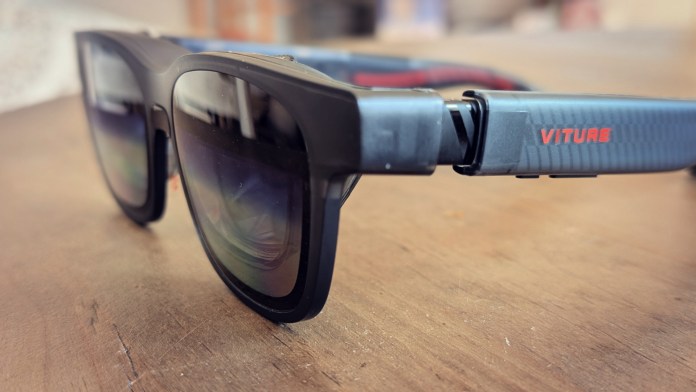
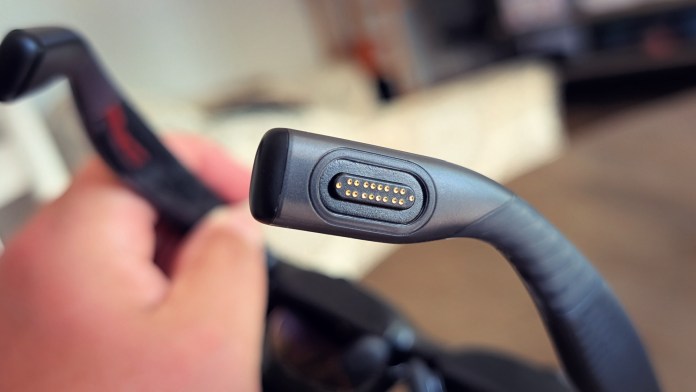
There’s no denying the Luma Pro looks fantastic. The translucent matte plastic frame feels modern and slightly sci-fi, especially with the subtle RGB lighting pulsing from the temples. The design is lighter and more polished than expected and little touches like tilting arms and swappable nose pads show VITURE’s attention to detail.
But it’s here, already, where things take a turn.
A significant chunk of users, myself included, ran headfirst into what’s known as the “fit lottery.” Even with all the adjustments in place, I couldn’t consistently get my eyes aligned in the sweet spot where the full virtual screen comes into focus. Corners cut off and/or edges blur. It’s not only annoying but it’s likely a deal-breaker if you’re planning to use this as your primary display. For others, the fit is perfect. You won’t know until you try and that’s frustrating.
The issue comes down to the narrow eyebox created by VITURE’s wider 52° field of view. The bigger screen sounds great on spec sheets, but if your eyes aren’t in just the right position, you’re out of luck.
Display Quality: Best-in-Class… If You Can See It

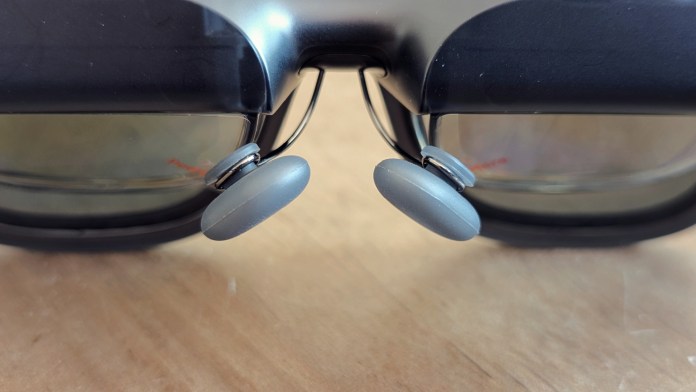
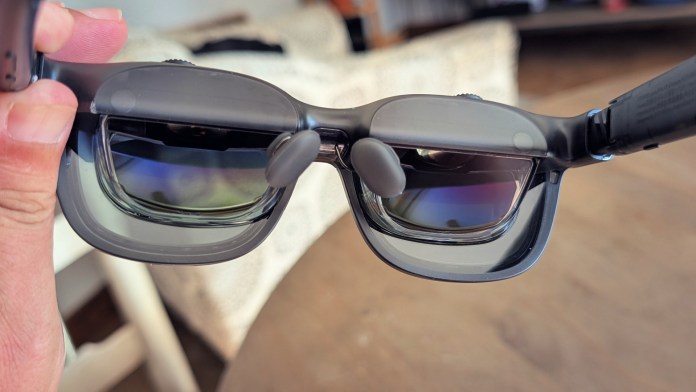
Assuming you win the fit lottery, the display is truly stunning. You get a pair of Sony Micro-OLED panels that punch way above their weight. Peak brightness hits 1000 nits, making these some of the only XR glasses that hold up in bright rooms or airplane cabins. Color reproduction is vivid, contrast is deep, and the 16:10 aspect ratio gives you a slightly taller image than most.
That said, running at the native 1920×1200 resolution doesn’t always look as sharp as expected. Some users report blurriness near the edges, which is maybe ironic, considering the display’s supposed sharpness is a marquee feature. Downscaling to 1080p seems to solve the problem, which feels like a compromise. But once you do that for some time, you get used to it and sort of forget that it was capable of more.
Another notable feature that I liked quite a bit is the electrochromic film. One press and the lenses dim like magic, blocking out ambient light instantly. It’s a subtle but powerful addition that makes immersion feel frictionless, especially in brighter environments.
Audio: Underwhelming and Underpowered
This is where the Luma Pro stumbles. Despite the HARMAN-tuned branding, the onboard audio is tinny, weak, and basically unusable in noisy environments. Depending on where you are, you may be reaching for your earbuds almost immediately.
The bright side? The speakers don’t bleed much sound, so you can still use them in bed or on a quiet flight. But it’s not up to the task for most day-to-day scenarios if you’re looking at these as more than a novelty.
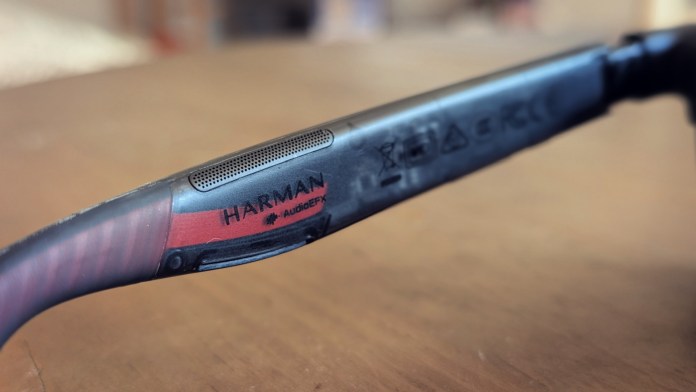
Controls and Software: A Mixed Bag of Simplicity and Frustration
Controls are all physical buttons with rockers and presses hidden in the temple arms. It works, but it feels dated compared to competitors that offer intuitive on-screen menus. There’s a learning curve here, and you’ll be doing a lot of trial and error to remember what combination does what.
More frustrating is the reliance on VITURE’s SpaceWalker app for anything beyond basic mirroring. Want head tracking, virtual multi-screens, or 3D video? You’ll need the app. And while some users report decent performance, others experience frequent drift, CPU drain, and general bugginess.
Also: there’s a camera on the bridge meant to unlock 6DoF tracking. Except, right now, it doesn’t do anything. It’s literally stickered over at launch. VITURE indicates it’s coming soon, but chatter suggests real 6DoF will probably require the more expensive Ultra model. That’s a hard pill to swallow when you’ve already shelled out $500 and the camera is already there.

Ecosystem Dependency: Accessories Are Mandatory, Not Optional
Out of the box, the Luma Pro needs power from whatever you plug it into. There’s no built-in battery, which means your laptop, phone, or handheld gaming console will be drained fast. If you want to actually use these glasses for travel, gaming, or long sessions, you’ll need one of two accessories:
- The Mobile Dock ($129): Essential for Nintendo Switch, PlayStation, or anything with HDMI. It also doubles as a power bank and allows dual-user co-op.
- The Neckband ($179+): A wearable Android computer with its own battery and apps. Great for standalone media use, but it pushes your total cost to nearly $700.
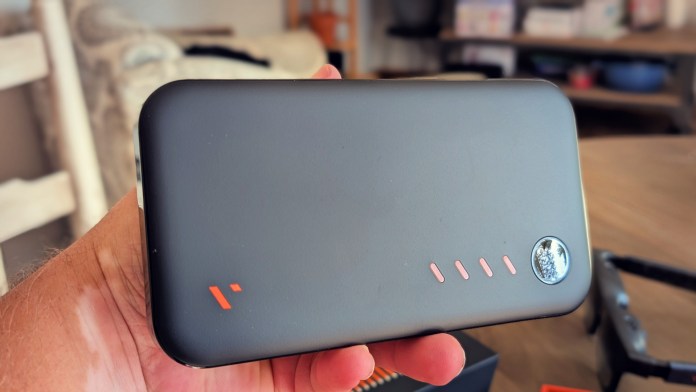
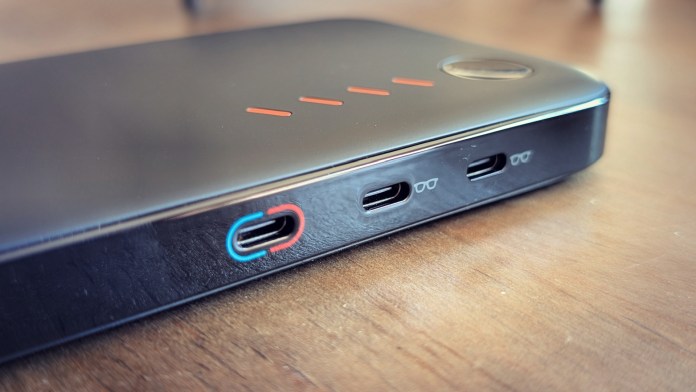
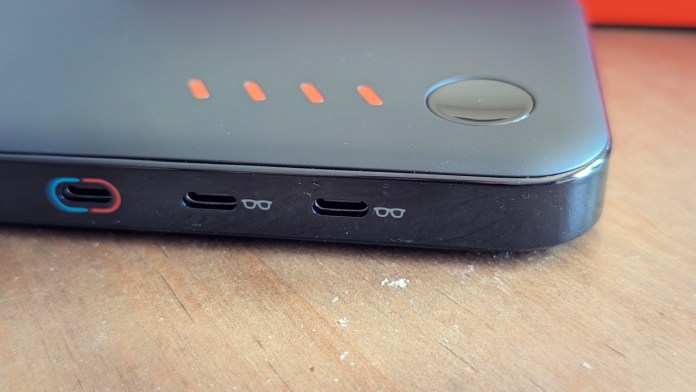
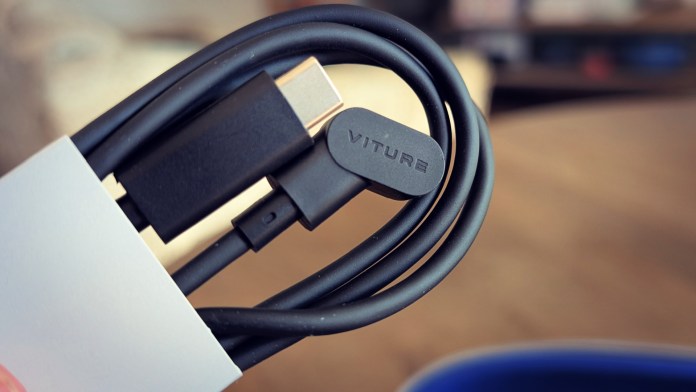
If you don’t buy one of these, you’re not getting the full experience as VITURE intends. Strangely, pretty much all of the marketing I see from them makes it look like these use cases are baked in. They’re not. They’re sold separately.
The Competitive Reality: Is It Worth It?
At $499, the Luma Pro lands in the same bracket as the XREAL One. Compared side by side, the Luma Pro has better brightness and built-in myopia adjustment, which is huge for nearsighted users. XREAL, though, has the upper hand in other areas: more stable tracking, easier UI, stronger audio, and better fit for a wider range of users.
Then there’s the Rokid Max 2 ($399), which offers a wider diopter range and more forgiving fit. Or the RayNeo Air 3s ($269), which somehow delivers better sound and very competitive visuals at nearly half the price.
Unless brightness and diopter dials are absolute must-haves for you, the Luma Pro starts to look more like a niche luxury than a practical pick.
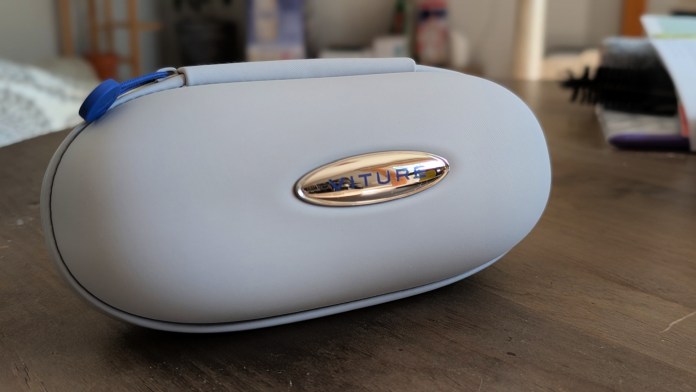
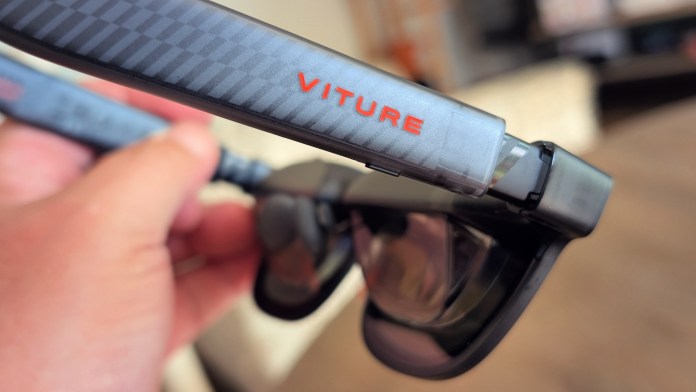
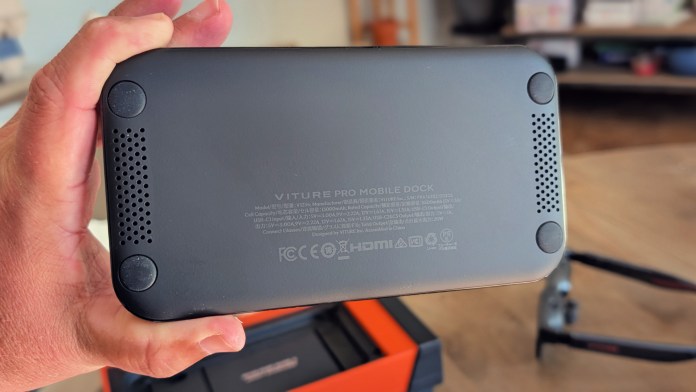
Support, Returns, and the Risk Factor
One last note, and it’s a big one in my eyes. VITURE’s warranty only applies if you buy directly from them or an approved seller. If you pick this up from a third-party marketplace or reseller, you could be out of luck if something goes wrong. Combine that with the “fit lottery,” and it’s hard to recommend this without emphasizing the importance of a generous return policy.
As to whether you’ll actually find these in resellers and other marketplaces remains to be seen so that may be less of a thing than I think it is right now
Final Verdict: A Brilliant, Risky Bet
The Luma Pro isn’t a bad product and I hope I didn’t come across too harshly here. It is a risky one. In a market where other headsets are getting better every month, it might not be a gamble worth taking.
The VITURE Luma Pro feels like a glimpse into a future that isn’t quite ready for everyone. When everything lines up, including and especially your face, your use case, and your expectations, it can be a brilliant little window into your games, movies, or productivity tools. The display is legitimately impressive. The electrochromic dimming, myopia dials, and premium visuals all suggest a product that’s chasing excellence.
But too much of the experience depends on “if.” If it fits your face. If you’re okay with underwhelming audio. If you’re willing to buy into the accessory ecosystem. If you’re lucky enough not to need tech support from a reseller that isn’t covered. For a product in this price range, that’s a lot of conditional upside.
Buy it if: you’re a nearsighted gamer or media lover who craves a portable, ultra-bright screen and you’re willing to invest in the accessories and deal with the quirks.
Skip it if: you value plug-and-play simplicity, want guaranteed comfort, or just need a reliable XR monitor for work or casual viewing.
If you’re deep into the XR space and you know exactly what you want, this might scratch a very specific itch. But for most people, it’s probably better to wait. Not just on VITURE, but on the category as a whole. The ideas are solid. The ambition is clear. But the execution still has some catching up to do.
We’re close. But we’re not quite there yet.